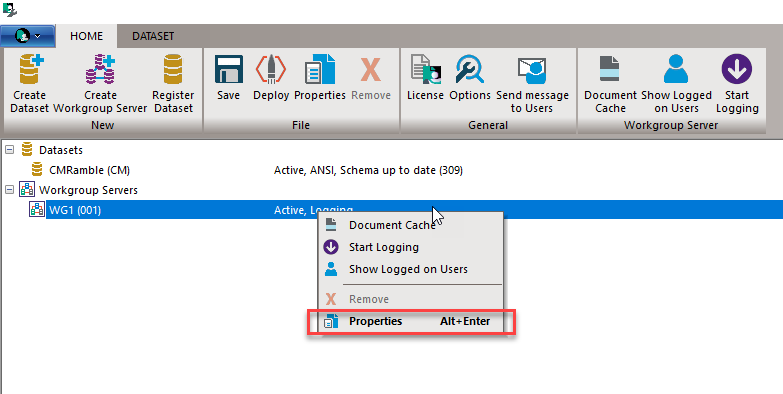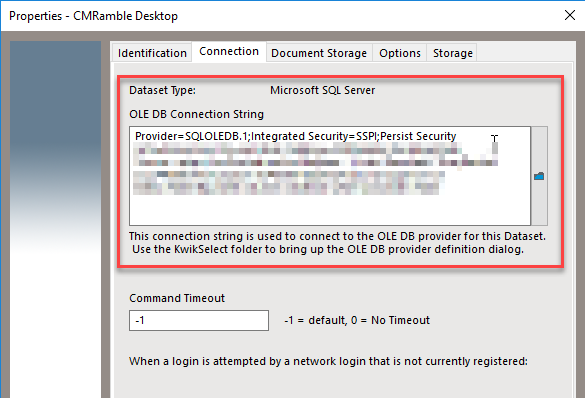Destroy this without any delay!
If the retention schedule says "Keep no longer than 3 years", establishing an effective process within Content Manager becomes tricky. We don't want to keep it very long, but we also need to be able to go through management processes for approval. How do we accomplish that review without tacking another year onto the life-cycle of that record?
As shown below, trigger properties now have an option for "without any delay". It also supports a set number of days (previously only years and months).
This approach is most effective when storing active records within Content Manager. Once a user creates a record the schedule is attached and the Make Inactive trigger immediately calculates for the 3 year mark. Later the user, or a power user, can move the record to an inactive container if its' known to no longer be needed (again think of the "no longer than 3 year" retention schedule).
Otherwise a routine saved search looking for active->inactive trigger changes would surface this record. We'd send it to the owning unit for review and approval. They can either move it into an inactive container, change the disposition themselves, or change the schedule.
I find it useful to now have a saved search for these types of schedules:
trigger:[delayType:2]
Another saved search for all of the records using a schedule having one of these triggers
schedule:[trigger:[delayType:2]]
A saved search to give me all of the records to be destroyed using this approach:
schedule:[trigger:[delayType:2]] destroyOn:1/1/1900 - today
A saved search to give me all records to be destroyed next month:
schedule:[trigger:[delayType:2]] destroyOn:next month
A saved search to give me all of the records to be made inactive next month using this approach:
schedule:[trigger:[delayType:2]] inactiveOn:next month











